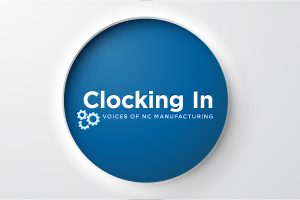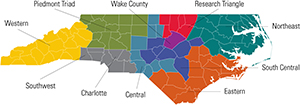Here is the good news: ISO is adopting the same “high level structure” for its ISO 9001-based standards. Now each time a standard is revised, it will consist of the same 10 sections as all the others. This approach is going to make it much easier to integrate multiple management systems. You will be able to look at your organization collectively, as a single management system, rather than managing each system separately. What this means is now if you have a quality management system, an environmental management system and a safety management system, you can easily integrate them because each of these standards will have the same structure and sections.
There is no real bad news. Transitioning to revised standards means an investment of time and resources, but it is change we are all accustomed to. The standards are reviewed and are subject to revision every five years. The last change to ISO 9001 was in 2008.
As you start your transition journey, know that assistance is available. IES has a solid game plan in place to ensure you have a successful transition. Here are the steps you need to take:
- Purchase and review a copy of ISO 9001:2015.
- Get in touch with your Registrar and make sure you understand the requirements for transition. Stay in communication with your Registrar throughout the process!
- Get training on the requirements of the standard and conduct a GAP Analysis to see where you need to build bridges between the 2008 version and the 2015 version. In the 2015 version, there are five new areas, or areas that have additional emphasis: risk-based thinking, process approach, Plan-Do-Check-Act, knowledge management and documented information. Three requirements that were previously required have been deleted: the quality manual, the management representative and the requirement for documented procedures.
- Conduct a pre-assessment audit to ensure you’re ready for the transition.
- Schedule your official transition audit. This will be conducted as a Stage 1 and Stage 2 audit.
I will also share two tips that will make the process easier:
- Get a copy of the vocabulary standard, ISO 9000:2015, in addition to the ISO 9001:2015 standard, to familiarize yourself with the terminology. Gaining fluency in the language before you begin will speed up the process.
- Don’t wait until the last minute to get started. You’ll have a three-year period from the release of ISO 9001:2015 before you are required to transition, but don’t procrastinate. Start your preparation now.
If you have questions about the update, we have answers! Get in touch with us today.


